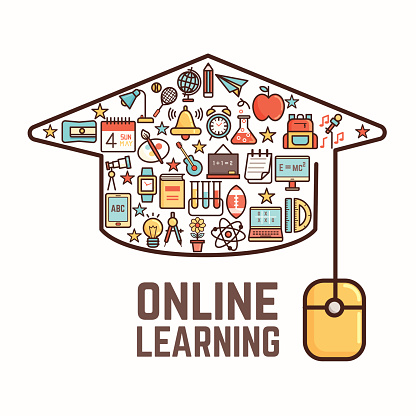
I have discussed the Internet of Things and Big Data in the past. Last week, I saw the potential for the growth and integration of each, firsthand.
While APUS has operated as an online institution since 1993, technological advances have changed how online classes are taught, and the types offered, during that time. It’s only been in recent years that we have been able to offer more science programs thanks to wider availability of broadband, video compression, and simulations, among other enhancements. Recently, we decided to acquire and install a weather station at our Charles Town, West Va. campus with the intent to incorporate some of the data in classes and to share the technology and course lessons with some of our local K-12 schools. Less than 24 hours later, I had my “eureka” moment.
We selected a company, WeatherSTEM, to install our station because we were impressed with its educational mission and software. As a liberal arts, business, and education grad, I don’t profess to know much about meteorology. However, the company caters to the layman by creating a webpage for each installation that features the current temperature, a cloud camera picture, humidity, wind speed, last rainfall, closest lightning strike, ozone, and a weather forecast for the next hour and the next five days. The page also includes current sensor readings for many of the instruments, including a thermometer, rain gauge, anemometer, barometer, hygrometer, solar radiation sensor, wind vane, etc. All of those readings can be data-mined and the site also allows you to easily specify from what instruments you want the data downloaded, over which period of data collection, in what format (CSV, JSON, XML, Table, Chart), interval (minute, hour, day, month), and operation (data point, average, maxima, minima). If there are additional WeatherStem units in your county (notice that the URL is organized by county and state as well as institution code name), you can also aggregate the data from them.
It is simply too soon to see how we will utilize the WeatherStem data in our classes, or how our neighboring K-12 schools may choose to use it. During the installation, I asked WeatherStem President Ed Mansouri about how some of their non-educational clients used the units. He noted that after he installed a unit in a school in Florida, the county public safety group ordered an additional 10 units for other locations across the county. A small convenience store chain also ordered multiple units, hoping to use each store’s temperature data to forecast stocking needs for items like ice cream.
I’m sure that there are many more potential uses for this type of data. Going beyond the business perspective (I’m not deliberately promoting WeatherStem even though I think it’s a great system), look at the data that each unit collects every minute of every day. WeatherStem currently stores this data in the Cloud and has no current intention of purging it since the overall storage cost is relatively minor. As more units are installed across the country, more data is available and, theoretically, more opportunities to utilize that data in many different ways. WeatherStem already utilizes publicly available data for its lightning strike video (visit our website to see a representative example). I assume that there’s likely much more additional information being collected by government sites as well as public and private sites utilizing other equipment. Add up the sites, sensors, and multiply times the frequency of data collection by the sensors at the sites and you have a lot of data.
Clearly, the cost of collecting and storing data of any kind is reduced by the Internet. The analysis will require more people educated and trained in data analysis. I’m struck by the endless possibilities that seem to be surfacing every day. Let’s hope that our educators and policy makers can learn to embrace and understand the meaning and implications of the data generated by the rapidly increasing number of devices connected to the Internet.











